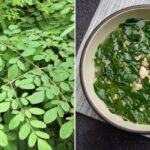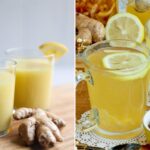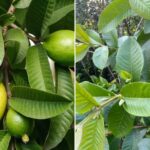The young shoots of this plant are also consumed as vegetables in some regions, commonly known as “white trai” vegetables. In addition, Thai lai is also a medicinal herb, supporting the treatment of many ailments, especially in traditional medicine.
Dr. Huynh Tan Vu, a second-degree specialist at Ho Chi Minh City University of Medicine and Pharmacy, Campus 3, shared that in traditional medicine, Thai lai is harvested for its whole body and can be used fresh or dried. White Thai lai has a mildly sweet taste, a slightly cooling nature, and exhibits cooling, anti-inflammatory, diuretic, and anti-swelling properties.
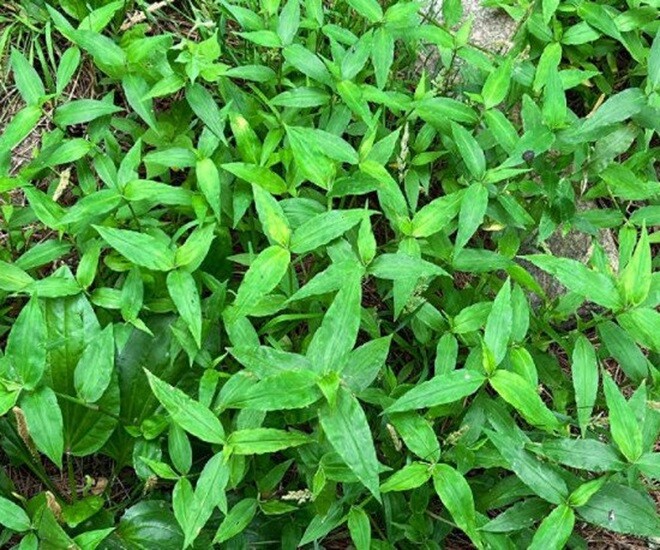
Wild Thai lai often goes wasted, as it is mostly discarded instead of being utilized for food or medicine. Photo illustration.
Modern medical research has discovered numerous valuable compounds in Thai lai. Notable examples include α-glucosidase, which helps regulate blood sugar levels, and acid p-hydroxycinnamic, which enhances antibacterial capabilities. Another compound, D-mannitol, exhibits an ability to reduce coughing.
Moreover, Thai lai is an effective remedy for treating colds, respiratory tract infections, sore throats, acute tonsillitis, and urinary tract infections. It can be consumed fresh or dried, with a recommended dosage of 30-40g in the form of a decoction.
Additionally, Thai lai is used to treat purulent dermatitis, neutralize snake and insect toxins, and alleviate swollen and painful joints. For liver disorders, a recipe involving 120g of fresh white Thai lai and 60g of lean pork, cooked into a soup and consumed with both the solids and liquids, is suggested. This can be taken in one go or divided into multiple servings throughout the day to enhance liver detoxification.
For individuals with hypertension, a dosage of 60-90g of fresh Thai lai combined with 12g of silk tree flowers is recommended. Wash the ingredients, add 800ml of water, and decoct until reduced to 300ml. Drink this infusion throughout the day in place of tea, with each treatment course lasting 10-15 days.
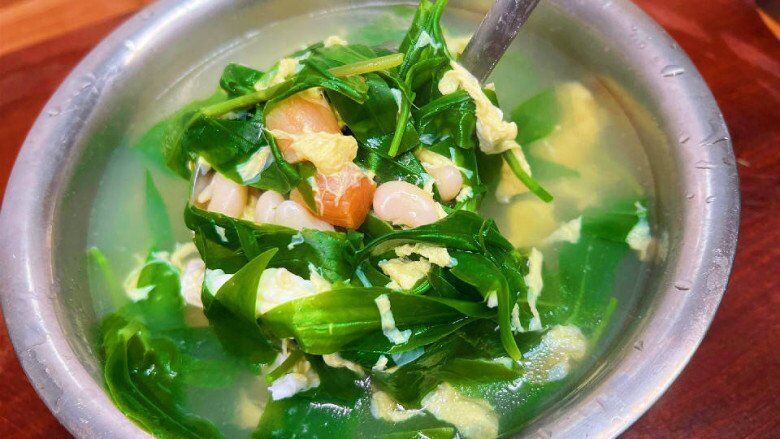
Aside from its medicinal uses, Thai lai can be prepared as a delicious and nutritious dish with excellent liver-toning properties. Photo illustration.
Here are some simple medicinal recipes using Thai lai that you can refer to:
– Supporting the treatment of rheumatism: Use 40g of white Thai lai, cleaned and chopped, along with 40g of red beans. Wash the red beans, add 800ml of water, and simmer until soft. Then, add the Thai lai and simmer for another 10 minutes over low heat. Add a little sugar, and consume both the solids and liquids. Each treatment course should last 5-10 days.
– Acute nephritis, edema, and oliguria: Use 30g of fresh white Thai lai (or 12g of dried Thai lai), 20g of fresh cockroach grass roots (or 10g of dried roots), and 20g of fresh Indian gooseberry roots (or 8g of dried roots). Decoct these ingredients in water and divide the concoction into three portions to be consumed throughout the day.
– Treating urinary retention: Use 30g of fresh white Thai lai and 30g of fresh Indian gooseberry, cleaned and crushed, to extract the juice. Add a little honey and consume on an empty stomach. Continue this treatment for five consecutive days.
– Treating painful boils (before pus formation): Clean fresh white Thai lai, crush it, and mix with a small amount of hot alcohol. Apply this mixture to the affected area and bandage it in place for two hours. Change the dressing once daily.
– Treating sore throat and swollen tonsils: Use 30g of fresh Thai lai, decocted and consumed as a drink, or 90-120g of fresh Thai lai, crushed to extract the juice, and regularly drink the juice.
– Upper respiratory tract infection: Use 30g of Thai lai, along with 30g each of dandelion and mulberry leaves, decocted in water.
– Mumps: Use 60g of fresh white Thai lai, decocted and consumed throughout the day. Clinical observations indicate that, on average, nausea subsides within 1-2 days, headaches within 1-4 days, swelling and fever within 2-6 days, and complete recovery can be expected within 4-6 days.
– Hematemesis: Use 60-90g of fresh white Thai lai, crushed to extract the juice, and drink the juice.
Although white Thai lai is generally safe, individuals with spleen and stomach coldness should refrain from consuming it. Furthermore, when using it as a medicinal herb, it is advisable to consult a specialist for personalized guidance.
Is It Safe for Pregnant Women to Drink Roselle Flower Infused Water? Unveiling the Benefits of Roselle for Expectant Mothers.
“Me ice drink is a refreshing beverage that is popular among expectant mothers. But is it safe for pregnant women to consume? Are there any precautions to be aware of? Let’s explore these questions and more in our comprehensive article. Stay tuned for an insightful read as we delve into the world of pregnancy nutrition and uncover the facts about this tantalizing treat.”


























